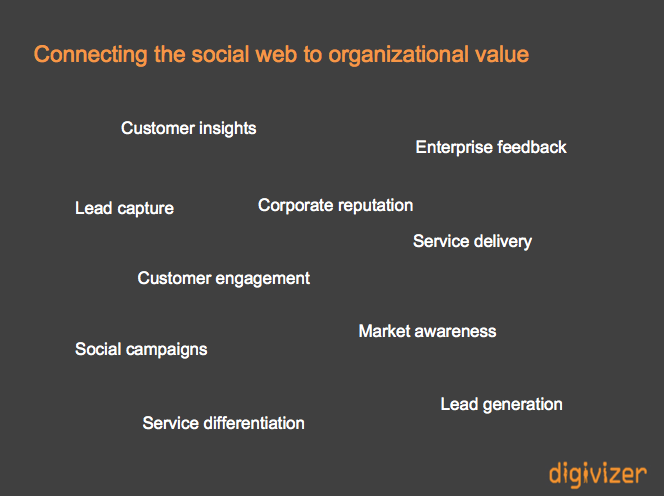 There is no more normal. No back to normal. No creation of normal. There is only readiness and the acceptance that certainty in business has been removed.
There is no more normal. No back to normal. No creation of normal. There is only readiness and the acceptance that certainty in business has been removed.
What is required is a nimbleness and a feeling of empowerment to quickly synthesize and work out the emerging opportunities and the dangers that can be found in the ever-changing markets, changing technology, and changing pressures that surround us.
An organization’s readiness to make decisions, to take risks, to learn along the way, to adjust, becomes the new standard. An organizational culture that supports, encourages, embraces and celebrates new information and innovation. One that equates change with opportunity and an exciting future.
Competition has never been greater. Competition for talent, competition for resources, competition for your customers, competition to be heard and valued by the people who matter to you – your customers.
Choosing to compete on price is no win for anyone – you lose profits and someone, somewhere is likely to do it cheaper, followed by someone else offering it cheaper again.
Competing on first to market is also time-limited. Someone will follow and offer the same, maybe more, maybe better and certainly followed by a number of others.
Competing with the product and services you serve today will not serve you tomorrow. They will be substituted by new, better, sexier and more personalized or smarter versions or something that supersedes them entirely.
To remain relevant and of interest to your customers, you can compete on one thing only – your ability to consistently evolve and differentiate and to create the best possible customer experience.
You need to implement a model that supports sustainable and continuous innovation. To build an organization that supports innovation that supports the improvement of your customer’s lives in a way that is valued and meaningful to them.
And critically, an organization that allows your people to be free to innovate, to think, to create, to build, to serve, to deliver growth.
Who is going to be the hero? The leader of change? The leader of innovation? The leader of your success and future? The leader of growth and upturn?
The answer is You. Yes, You.
You need to create the space in your organization to shine. You need to create space to allow your team to shine and enough to allow all your people to shine.
You need to get every non-differentiating system and innovation-roadblock, innovation-killer and time-wasting activity out of the way so you can spend time on:
- Finding ways to introduce new products and services to existing customers.
- Identifying new customer segments to target new, innovative, personalized and relevant offers.
- Capitalizing on opportunities in emerging markets and enhancing your performance in existing markets.
- Delighting your customer through their unique experience dealing with you
If you are not already finding this time, thinking or operating this way, then your time is already limited. Either you will be replaced by others who are, or your organization’s ability to compete will be time-limited.
Tic toc tic toc.
Time is ticking. Time for change. Time to do things differently. To think differently.
If you want growth and are under pressure to deliver numbers, then take ownership within your organization to drive your own upturn and success.






